Vietnamese fruits showcase the country’s diverse tropical and subtropical climates through a wide array of flavorful produce.
Tropical fruits, thriving in the hot and humid conditions of the southern regions, include dragon fruit, mango, papaya, durian, lychee, and rambutan. Subtropical fruits, found in the cooler, temperate climate of the northern highlands, encompass plums, peaches, and persimmons.
These fruits vary greatly in taste, from the intense sweetness of lychees and mangoes, the complex flavor of durian, to the refreshing bitterness of pomelo, and the tartness of green mangoes and tamarind.
Fresh fruits are commonly consumed as snacks or desserts, often simply sliced and served with chili salt. Many fruits are also used in salads, smoothies, and traditional dishes like “chè” (a sweet soup or pudding) and “gỏi” (a type of salad).
Fruits play a crucial role in Vietnamese culture, particularly during Tết celebrations with the traditional five-fruit tray (Mâm Ngũ Quả).
I will take a closer look at Vietnam’s favorite fruits and the roles of fruits in Vietnamese culture. I’ll also dive into the tradition of the Five-Fruit Tray for the Vietnamese New Year, spotlight the top fruit-based dishes and drinks, as well as touch on some common Vietnamese veggies.
Ready to explore? Let’s go!
36 Delicious Vietnamese Fruits with Filters
Check out these 36 popular fruits from Vietnam. You can use the filter to quickly find which ones are native, non-native, national, exotic or fruit vegetables, and which ones you’ll often see in dishes, drinks, or garnish.
Banana
- For Beverages
- For Dishes
- Non-Native
Banana, often referred to locally as “chuối,” is a Vietnamese widely cultivated fruit with elongated, curved shape and soft, starchy interior enveloped by a peel that transitions from green to yellow as it ripens.
There are several varieties of bananas found in the nation, including the small and sweet “Chuối Tiêu” and the larger, more versatile “Chuối Sứ” used in cooking.
The taste of Vietnamese bananas tends towards the sweet side, especially when fully ripe, making them a favorite snack. Bananas are available all year round within the country.
The fruit is widely enjoyed in the Mekong Delta region, where the climate and soil conditions are ideal for its cultivation. In terms of usage, besides being eaten raw, bananas are also dried, fried, or mashed and included in desserts, smoothies, and even cooked dishes.
Mango
- For Beverages
- For Dishes
- Non-Native
Mango, or “xoài,” is a tropical fruit you can find year-round in Vietnam. Typically, Vietnamese mango has a thin orange-yellow or yellow skin when ripe and green when unripe. It has thick and succulent flesh, and an extensive seed will be in the center of the meat.
The mango is native to South Asia but thrives in the warm climate of Vietnam. Vietnam boasts several famous mango varieties, including the “Xoài Cát Hòa Lộc” with its exceptionally sweet and aromatic flavor, and the “Xoài Cát Chu” with rich taste and firm flesh.
The fruit is typically in season from March to May and June to August. Mangoes are particularly prevalent in the southern regions of Vietnam, especially the Mekong Delta.
Locals enjoy mangoes, both ripe and unripe, eating them fresh, sliced, or in salads, processed into jams, dried fruit, pickles, and as a typical ingredient in smoothies, and desserts.
Coconut
- For Beverages
- For Dishes
- For Garnish
- Non-Native
Coconut is a large, hard-shelled fruit that is well-loved in Vietnamese culture. Widely grown in coastal regions, particularly thriving in the Mekong Delta, coconuts are integral to Vietnam’s landscape and cuisine. Ben Tre province is the largest coconut producer in the nation.
They come in various types, but the most common is the green coconut, favored for its sweet water and tender flesh. This fruit’s taste and texture vary from a refreshing, slightly sweet water inside young coconuts to the rich, creamy flesh of mature ones.
Coconut water is an excellent beverage for you in the summer. It has a sweet and delicate flavor. Vietnamese people use it to increase the flavor of stews, soups, or braises.
Coconut meat is white and soft. It is the main component of making coconut milk, and you can enjoy fresh coconut meat. Coconut milk is often incorporated into many dishes, from sweet treats like coconut candy to savory delights like coconut-based curries.
Watermelon
- For Beverages
- Non-Native
Watermelon, or “dưa hấu” as it’s locally known, is a beloved fruit in Vietnam, famous for its refreshing sweetness and juicy crunch.
Not native to the country but thriving in its climate, watermelons symbolize summer and festivity, particularly during the Lunar New Year. Vietnam boasts several varieties, including the red-fleshed and yellow-fleshed types.
Watermelons grow abundantly in the Mekong Delta region. They’re mostly eaten fresh, sliced up for a quick, hydrating snack, or served as a cooling dessert on hot days.
Orange
- For Beverages
- Non-Native
Orange, known in Vietnam as “cam,” is a citrus fruit that is both juicy and zesty. This fruit is not originally from Vietnam but has found a suitable home there, particularly in the Southern regions like the Mekong Delta.
They’re usually bright orange, with a texture ranging from firm to slightly soft and a taste that can vary from sweet to sour.
Cam xoàn and cam sành are two common types of orange within the country. Cam xoàn has a low amount of sweet juice and light yellow flesh. Meanwhile, Cam sàm has more liquid, deeper shades, and a robust sweet and sour flavor.
Oranges are widely consumed fresh, squeezed into juice, or used to flavor dishes and desserts. They’re a common sight in markets, especially during their peak season from October to January.
Dragon Fruit
- Exotic
- For Beverages
- For Dishes
- For Garnish
- National
- Non-Native
Dragon fruit, also known as pitaya or Thanh Long, is a cactus fruit native to Central America but has become widely cultivated in Vietnam. This national Vietnamese fruit stands out for its vibrant pink or yellow skin with green scales, resembling a dragon, hence its name.
Its flesh, typically white or red, is dotted with tiny black seeds. The taste is mildly sweet, with a texture often compared to kiwi or pear.
Within the country, dragon fruit cultivation is common in Southern and South Central Coastal provinces. In particular, Binh Thuan province is Vietnam’s largest dragon fruit producer.
It has several variations, but the most notable ones in Vietnam include the white-fleshed and red-fleshed types. The fruit is usually in season, from summer to early autumn.
In the country, dragon fruit is eaten fresh and used in smoothies, salads, or even to add a colorful touch to dishes. The locals appreciate its refreshing taste and hydrating properties, especially during hot weather.
Avocado
- For Beverages
- For Dishes
- Fruit Vegetables
- Non-Native
Avocado, locally known as “bơ,” in Vietnam, is appreciated for its creamy texture and rich, nutty flavor, differentiating it from other fruits’ more watery or fibrous textures. Avocados are primarily grown in the highland regions, such as the Dak Lak and Lam Dong provinces.
Various avocados adapt well to the Central Highlands, including the greenish, lumpy Waxy Avocado; the dry-weather loving, elongated Tứ Quý; the similar but smaller-seeded 034 from Lam Dong; and the thick-skinned, purple-ripening Reed Avocado from America.
Vietnamese avocado season often lasts from February to August, and the main season extends from May to July or September.
Unlike the international image of avocado being used in savory dishes like guacamole or toast, in Vietnam, it’s often used in sweet applications. A popular way to consume avocado is in a smoothie mixed with condensed milk, known as “sinh tố bơ.”
Pineapple
- For Beverages
- For Dishes
- For Garnish
- Non-Native
Pineapple, or “dứa, thơm, khóm,” known in Vietnam, is a tropical, spiky-skinned fruit with lush, green leaves and sweet, tangy flesh.
Pineapples vary in size and sweetness, with some local variations like the Phu Quoc and Thanh Hoa pineapples being particularly renowned for their exceptional flavor.
Pineapples are available all year round in the country, peaking from March to July. They’re eaten fresh and popularly used in cooking, especially in sweet and sour dishes.
Papaya
- For Beverages
- For Dishes
- Native
Papaya, locally called “đu đủ,” is an essential fruit in the culture and cuisine of Vietnamese. It appears in the five-fruit tray on the Tet holiday to commemorate the ancestors of the Vietnamese.
Characterized by its green to orange skin, vibrant orange flesh, and a center filled with black seeds, papaya is as nutritious as it is delicious.
Its taste is a balance of sweetness and subtle muskiness, making it a favorite for fresh salads, smoothies, and even as a cooked vegetable in some local dishes.
In the country, papayas are enjoyed year-round and nationwide. The locals are fond of green papaya, often shredded into salads, providing a crisp texture and refreshing flavor.
Lychee
- Exotic
- For Beverages
- Native
Lychee, also known in Vietnam as “vải,” is a small tropical fruit with a rough, reddish-pink skin that encases a juicy, translucent white flesh.
This fruit is native to the region, thriving mainly in the northern provinces of Vietnam like Bac Giang and Hai Duong, where the lychee harvest season turns towns into bustling markets full of this cherished fruit.
From May to July, the air is sweet with the scent of lychees, signaling their peak season. The fruit features a balance of sweetness and tartness.
In Vietnam, lychees are not just consumed fresh; they’re also dried or preserved, allowing their distinct flavor to be enjoyed year-round. The Bac Giang province is famed for its Lục Ngạn lychee, a variety renowned for its exceptional sweetness and vibrant color.
Passion Fruit
- Exotic
- For Beverages
- Non-Native
Passion fruit, or “chanh dây, chanh leo” in Vietnamese, is a round to oval fruit with a tough outer rind and a juicy, seed-filled interior. Though not native, this exotic fruit has flourished in Vietnam’s mountainous regions, particularly in the Central Highlands.
Vietnamese passion fruits often come in yellow or reddish rinds. The interior is yellow or purple, with a tart, aromatic flavor that is highly refreshing. Passion fruit is available throughout the year but peaks from June to September.
It’s commonly consumed fresh, its pulp scooped out and eaten directly or used to flavor beverages, desserts, and sauces.
Guava
- For Garnish
- Native
Guava, locally referred to as “ổi,” is a common fruit throughout Vietnam. This fruit is typically round or oval and has a green to yellow skin when ripe. The flesh can be white, pink, or red, with a sweet and slightly tangy flavor profile.
They are grown widely in the Mekong Delta, Thai Binh (Ổi Bo), Ha Noi (Ổi Găng), Bac Giang, and Hung Yen.
The fruit is available all year round, with slight variances in taste depending on the season.
In Vietnam, guavas are often eaten raw with a pinch of salt and chili powder to enhance their flavor, or sliced in salads for a crunchy texture.
Tangerine
- For Beverages
- Non-Native
Tangerine, or “quýt” in Vietnamese, is a type of citrus fruit that thrives in the cool, misty climates of the northern regions of Vietnam, such as Lang Son and Bac Giang. This small, orange fruit is cherished for its sweet, juicy segments that easily separate.
Tangerines in Vietnam symbolize luck and prosperity, often displayed and given during the Lunar New Year. The fruit has various types, including the sun-kissed and sweeter varieties that grow in mountainous terrains.
Available mainly from October to February, tangerines mark the change of seasons and are a festive favorite.
Pomegranate
- For Beverages
- Non-Native
Pomegranate, known locally in some regions of Vietnam as “lựu,” is a fruit with tough, red outer skin and jewel-like, edible seeds inside, known as arils. These seeds are packed with a sweet and tart flavor.
The fruit is typically in season from September to November in Vietnam. Pomegranate seeds are often added to salads and desserts for a burst of flavor, or juiced for a refreshing drink.
Persimmon
- Exotic
- For Garnish
- Non-Native
Persimmon, or “hồng” in Vietnamese, is a fruit that has a special place in the country’s agricultural landscape, especially in the cooler, northern regions like Mộc Châu, where conditions are ideal for its cultivation.
This fruit is a favorite autumnal treat with its smooth, orange skin and soft, sweet flesh when ripe. Persimmons come in various types, including the Hachiya and Fuyu. The latter is famous for its ability to be eaten while still firm.
The taste of ripe persimmon is sweet and honey-like, often enjoyed fresh or dried. In Vietnam, dried persimmons are a cherished snack, particularly during the Lunar New Year celebrations.
Pomelo
- For Beverages
- For Dishes
- For Garnish
- Native
Pomelo, known in Vietnam as “bưởi,” is a large citrus with thick, green or yellow skin and a sizable shape. The flesh inside can range from sweet to slightly bitter, coming in white, pink, or red shades.
Pomelos are native to Southeast Asia and are extensively cultivated across Vietnam, particularly Ben Tre, Vinh Long, and Dong Nai. Some famous varieties, such as Năm Roi, Da Xanh, and Biên Hoà, are cultivated in Vietnam.
They have a season that peaks towards the end of the year, making them a frequent feature in Lunar New Year festivities.
In Vietnam, pomelos are enjoyed fresh, often segmented, and added to salads for a juicy crunch. The fruit is also believed to bring good fortune and is used in decorative displays during important cultural celebrations.
Starfruit
- Exotic
- For Beverages
- For Dishes
- Native
Starfruit (khế), also known as caramobla, is a fruit with a star-shaped cross-section. Its skin is light to bright green, and the flesh inside is crisp and juicy, with a fine line between sweet and sour taste.
Starfruit is native to Southeast Asia, including Vietnam. The fruit appears year-round in the Mekong Delta and Central Vietnam.
Starfruit can be seen making appearances in local markets roughly from summer to fall. It’s used in various ways in Vietnamese kitchens, from raw food as a refreshing snack to being incorporated into salads, cooked dishes, desserts, or drinks.
Jackfruit
- Exotic
- For Dishes
- Native
Jackfruit, locally called “mít,” is a massive, unique fruit native to Southeast Asia, including Vietnam. Jackfruit is a versatile culinary delight, recognizable by its green, bumpy exterior and sticky, sweet interior sections known as arils.
The fruit’s flavor is a mix of apple, pineapple, mango, and banana. In Vietnam, it’s a culinary staple, eaten ripe and sweet in desserts or unripe and savory in dishes.
You’ll find jackfruit across the country, but it’s especially abundant in the southern regions. The fruit is available throughout the year, with a peak season in the late spring and summer.
In Vietnam, jackfruit is enjoyed in various ways – added to desserts, eaten as a snack, or cooked into meals. The seeds are also edible when boiled or roasted, offering a floury texture and a taste similar to chestnuts.
Durian
- Exotic
- For Beverages
- For Dishes
- Native
Durian, known as “sầu riêng” in Vietnam, is infamous for its strong odor but loved for its rich, custardy flavor. This fruit is native to Southeast Asia and has a spiky exterior with a soft, creamy inside that can vary in color from pale yellow to red.
In Vietnam, durian is considered the “king of fruits” and is highly sought after, with varieties like the Ri 6, Cái Mơn, Monthong, Cow Barn, and Khổ Qua being particularly prized. The fruit’s season peaks in the summer, from May to August.
Despite its divisive smell, durian is popular in Vietnam, where it’s eaten fresh, used in sweets like ice cream and cakes, and paired with sticky rice for a rich dessert, creating the famous sweet soup like Chè Thái.
Rambutan
- Exotic
- For Beverages
- Native
Rambutan, locally known as chôm chôm, is a tropical fruit native to Southeast Asia and Vietnam. This fruit is covered in a hairy shell, which encases a juicy, translucent flesh wrapped around a large seed.
The taste is sweet and slightly acidic, often compared to grapes or lychees. In Vietnam, rambutans are harvested primarily in the summer months.
There are several variations of rambutan in the country, the most popular being the red-skinned and yellow-skinned varieties. Rambutans grow abundantly in the southern regions of Vietnam, particularly in the Mekong Delta area.
Rambutan trees are commonly found in Vietnamese backyards and orchards. Locals enjoy eating them fresh, mixed in fruit salads, or added to drinks.
Mangosteen
- Exotic
- For Beverages
- Native
Mangosteen is a tropical fruit recognized for its deep purple exterior and juicy, white inside segments. This fruit is special in Vietnam, where it’s enjoyed for its sweet and slightly tangy flavor, often compared to a mix of peach, vanilla, and strawberry.
There are no widely known variations of mangosteen; the focus is on the singular, delectable variety available. The fruit is typically in season from May to August, making it a sought-after summer treat.
Locals enjoy mangosteen fresh, often eating the tender, fleshy segments by splitting the hard outer shell manually, revealing the soft interior.
Custard Apple
- For Beverages
- Native
The custard apple, also known as “mãng cầu” in Vietnam, is a heart-shaped fruit with a bumpy green exterior and soft, creamy white flesh dotted with black seeds inside. It is one of the 5 fruits that always appear in the five-fruit tray of Southern Vietnamese people during the Tet holiday.
The custard apple is praised for its sweet, slightly tart flavor that blends banana, pineapple, and peach. It’s rich in texture and often consumed when fully ripe for the best taste experience.
This fruit comes in various types, including the local favorites like “mãng cầu Xiêm” (soursop) and “mãng cầu ta” (sugar apple). The fruit is mainly available from June to September.
Within Vietnam, custard apples are usually eaten fresh; the flesh is scooped out and enjoyed directly, often served chilled as a refreshing dessert. This fruit is highly favored in the northern provinces, where it finds its preferred growing conditions.
Soursop
- For Beverages
- Native
Soursop, locally known as mãng cầu Xiêm in Vietnam, is a tropical fruit with a spiky green exterior and soft, fibrous white pulp. Noted for its unique blend of sweet and sour, soursop’s flavor recalls strawberries and pineapples with citrus undertones.
The soursop is available throughout the year, peaking in the rainy season. Locals enjoy soursop both as fresh fruit and in beverages; its pulp is commonly blended into smoothies or made into candy, sorbets, and ice cream
Longan
- For Beverages
- Native
Longan, referred to as “nhãn” in Vietnam, is a small, round fruit with translucent white flesh and a central black seed, encased in a thin, brown shell. Native to Southeast Asia, longan is enjoyed across Vietnam for its sweet, musky taste.
The fruit is primarily enjoyed during its peak season, from late summer to early autumn. Vietnam boasts several varieties of longan, including the well-known Nhãn Lồng, Nhãn Đường Phèn, and Nhãn Tiêu Da Bò.
Typically, longans are eaten fresh in the country; the shell is easily removed to reveal the juicy flesh inside. They are often utilized in desserts and beverages.
Longan orchards are common in northern provinces, particularly in Hung Yen.
Star Apple
- For Beverages
- Native
Star apple, locally known as “vú sữa,” is a tropical fruit native to Vietnam. This fruit resembles a large, round berry and is notable for its smooth, shiny skin ranging from green to purple.
The flesh inside is creamy and white, often compared to custard consistency. Star apples are typically divided into two main types in Vietnam: green-skinned and, more coveted, purple-skinned.
They are sweet with a slightly tart flavor and are usually in season from January to April. In Vietnam, people enjoy fruit fresh. Cutting the fruit in half and scooping out the flesh is common. Star apples also appear in salads, desserts, and smoothies for a tropical flavor.
Sapodilla
- Exotic
- For Beverages
- Native
Sapodilla, known in Vietnam as “hồng xiêm,” is a brown, round fruit with a rough exterior. Native to the region, this fruit is celebrated for its sweet, malty flavor and grainy texture. The flesh inside is pale yellow and contains several black seeds.
The peak season for Sapodilla in Vietnam stretches from February to April. It is native to North Vietnam and has a mixed apple, banana, and peach flavor. Also, you can think of pear while consuming sapodilla.
Locals tend to eat Sapodilla fresh; they simply cut the fruit open and scoop out the flesh, avoiding the seeds. It’s also a common ingredient in smoothies and desserts, where its natural sweetness is a major draw.
Rose Apple
- Exotic
- For Garnish
- Native
Rose apple, known as roi in Northern or mận in Southern Vietnam, is a type of tropical fruit enjoyed across the country. This fruit is native to Southeast Asia, including Vietnam, where it is abundant.
It boasts a bell-like shape with light pink to deep red skin when ripe, and its crisp texture encases a mildly sweet and watery flesh. In the nation, rose apples are particularly prominent during the summer months.
Vietnamese people often consume rose apples fresh, biting into them like apples or slicing them up as a crunchy addition to fruit salads.
Peach
- For Beverages
- Non-Native
Peach is now cultivated in cooler areas of Vietnam, notably in the northern regions such as Mộc Châu and Sapa. These areas are famous for their peach varieties, including the white peach (featuring pale flesh and sweet flavor) and the flat peach (distinguished by its unique shape).
Peaches in Vietnam are celebrated for their soft, fuzzy skin, juicy flesh, and sweet, sometimes slightly tart, flavor. They are typically in season from late spring through the summer.
Within the country, peaches are often eaten fresh or sliced and added to salads. They are also popular for making compotes and jams and are a refreshing flavor in local beverages.
The blossoming of peach trees is a herald of spring in the northern parts, and the fruit itself symbolizes peace and prosperity.
Ambarella
- For Dishes
- Non-Native
Ambarella, also recognized in Vietnam as cóc, is a tropical fruit belonging to the family of Spondias. Ambarella trees are robust, growing in various regions, but thrive especially well in the warmer, southern parts of Vietnam.
The fruit is oval-shaped, with a tough, green skin that turns yellowish as it ripens. Its flesh is crunchy and juicy, offering a perfect blend of sweet and sour tastes. In Vietnam, ambarella is enjoyed both raw and ripe.
When unripe, it’s often eaten with a mixture of salt, sugar, and chili powder, which enhances its tangy flavor. Ripe fruits are sweeter and can be eaten as is or made into juices and jams.
Langsat
- Exotic
- For Beverages
- Native
Langsat, also known as bòn bon, is a type of tropical fruit that is relatively small and native to Southeast Asia, popular in Vietnam, Malaysia, and India.
In Vietnam, langsat is notable for its translucent, juicy segments inside that offer a sweet and slightly tart flavor. The fruit is round, oval-shaped, often grouped in clusters, with a thin, yellowish skin that can be easily peeled away.
Langsat is typically in season from July to October. Vietnamese people enjoy langsat, both fresh and as a part of desserts.
Gac
- Exotic
- For Dishes
- Native
Gac, known locally as gấc, is an exotic fruit native to Vietnam and other Southeast Asian parts. Gac is distinctive for its bright red-orange color when ripe, with a size and shape similar to a small melon.
The fruit comes with thick, spiny skin. Gac’s flesh is mild in taste, with a soft and creamy texture. It is not commonly eaten fresh due to its bland flavor but is widely used in traditional Vietnamese dishes, especially sticky rice (xôi gấc).
The fruit is typically harvested twice yearly, around December-January and in July-August.
Acerola
- For Beverages
- Non-Native
Acerola (sơ ri or xê-ri in Vietnamese) is a small fruit known worldwide as the Barbados cherry. When fully ripe, this fruit features bright red skin and has a sweet yet tart flavor. They are typically round or oblong.
In Vietnam, acerola is harvested mainly during the summer months. People often consume it fresh to enjoy its full nutritional benefits or use it in juices and smoothies.
Canistel
- For Beverages
- Non-Native
Canistel, known in Vietnam as trái trứng gà (chicken egg fruit), is an exotic fruit native to Central America but common in Vietnam. Its name comes from the fruit’s unique texture and color, resembling a hard-boiled egg yolk.
Canistel is creamy, rich, and has a sweet flavor that hints at a combination of pumpkin, sweet potato, and vanilla.
Canistel is mostly eaten fresh, straight out of hand, or used in desserts and smoothies to add creaminess and sweetness. Its season runs from late fall to winter.
Nipa Palm
- For Beverages
- Native
Nipa palm, locally known as dừa nước, is a type of palm fruit native to the coastal and mangrove regions of Vietnam and other parts of Southeast Asia. The nipa palm fruit clusters are large, and the individual fruits have a tough, brownish exterior.
It’s not eaten fresh but is highly valued for the sweet sap that can be fermented to produce a traditional alcoholic beverage, among other uses.
This sap extraction and fermentation are deeply rooted in the coastal Vietnamese culture, particularly in regions where these palms abundantly grow, such as the Mekong Delta.
Otaheite Gooseberry
- For Dishes
- Non-Native
Otaheite gooseberry, known in Vietnam as chùm ruột, is an exotic fruit introduced to the country, originating from Madagascar and the Caribbean. It’s a small, round, yellow-green fruit that grows on a thorny bush.
This fruit is appreciated in Vietnam for its distinctly tart and sour flavor, often eaten raw with a sprinkle of salt or sugar. The Otaheite gooseberry has a unique appearance with its translucent flesh and a single large seed inside.
It’s commonly found in markets during its fruiting season and is used in various local dishes, from jams to syrups.
Buddha’s Hand
- Exotic
- For Garnish
- Non-Native
Buddha’s hand, or quả phật thủ in Vietnam, is an unusual citrus fruit with finger-like sections, resembling a hand. Unlike typical citrus fruits, it lacks a juicy interior, serving more as an aromatic ornament.
Originating from the lower Himalayas, it has become a part of Vietnamese culture and cuisine. The fruit is bright yellow, and its “fingers” can curl and twist. It is mainly cultivated for its strong lemon scent and is used to perfume rooms and as a decorative item.
It peaks in availability from late fall to early winter. Buddha’s hand has no flesh or juice; only peel, and pith are used for their zest in flavoring liqueurs and candied peels, adding a citrusy taste to food.
In Vietnamese culture, it’s used decoratively for happiness and longevity during the Lunar New Year. Vietnamese people often do not eat raw-fingered citron, and they will take advantage of it to prepare alcohol or jam to offer Buddha.
What Are the Roles of Fruits in Vietnamese Culture?
Fruits are integral to Vietnamese culture, underscoring its agricultural diversity and climatic variety. They’re key in cuisine, festivals, and traditional medicine and carry rich symbolic meanings.
What Defines the Five-Fruit Tray for the Vietnamese New Year?
The five-fruit tray (Mâm Ngũ Quả) holds significant symbolic importance in the Vietnamese Lunar New Year (Tet) celebrations, embodying respect and gratitude towards Heaven, Earth, and ancestors. Here is a concise overview:
Regional Variations The composition of the Five-fruit tray varies by region and is influenced by local climate, fruit availability, and customs.
Each fruit on the tray represents various blessings, such as protection, fertility, wealth, prosperity, and ancestral blessings.
For example, bananas and finger citrons symbolize protection and blessings, while watermelons and pomelos represent fertility and abundance.
Moreover, each fruit reflects the five elements of life (Metal, Wood, Water, Fire, and Earth), promoting harmony between the earth and the cosmos.
Fruits are meticulously selected, cleaned, and arranged in a harmonious, eye-catching manner, often in a pyramid shape to represent ambitions for a prosperous year.
This tradition of carefully choosing fruits extends beyond the New Year, influencing the variety of fruit dishes celebrated throughout Vietnamese cuisine.
What Are the Most Popular Fruit Dishes in Vietnamese Cuisine?
Below are the most popular fruit-inspired culinary creations in Vietnam:
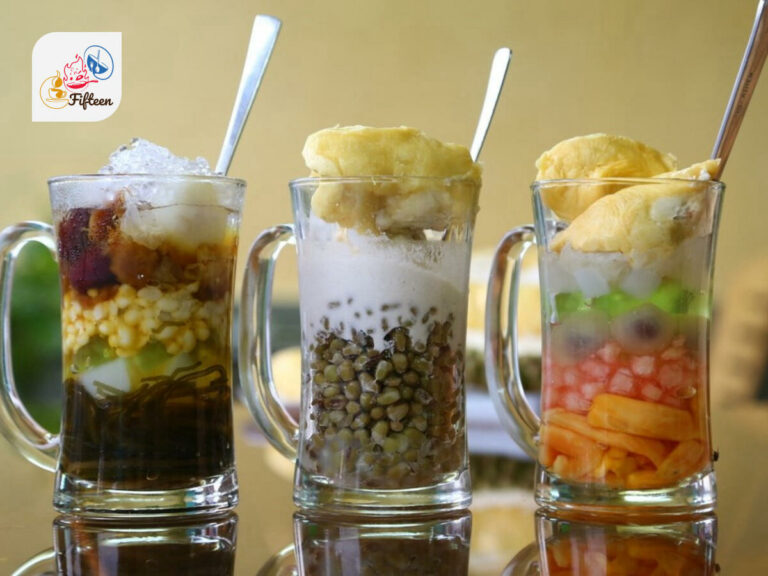
Chè
Chè is a Vietnamese dessert soup or pudding category that often incorporates fruits like bananas (chè chuối), lychee (in chè khúc bạch), and pomelo (chè bưởi), among others.
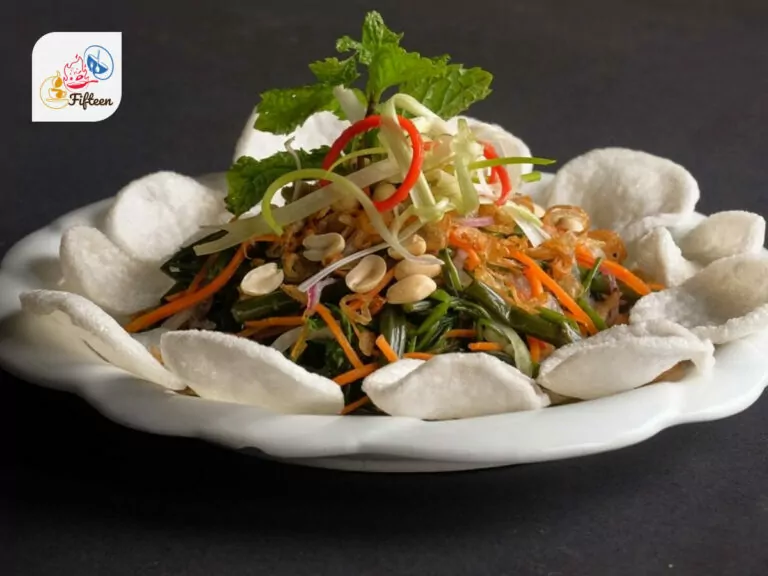
Gỏi
Gỏi is a type of Vietnamese salad with fresh and vibrant flavors, typically incorporating a mix of fruits, vegetables, and sometimes meat or seafood, dressed with lime juice and herbs. Many variations of Gỏi include fruits such as green papaya and mango.
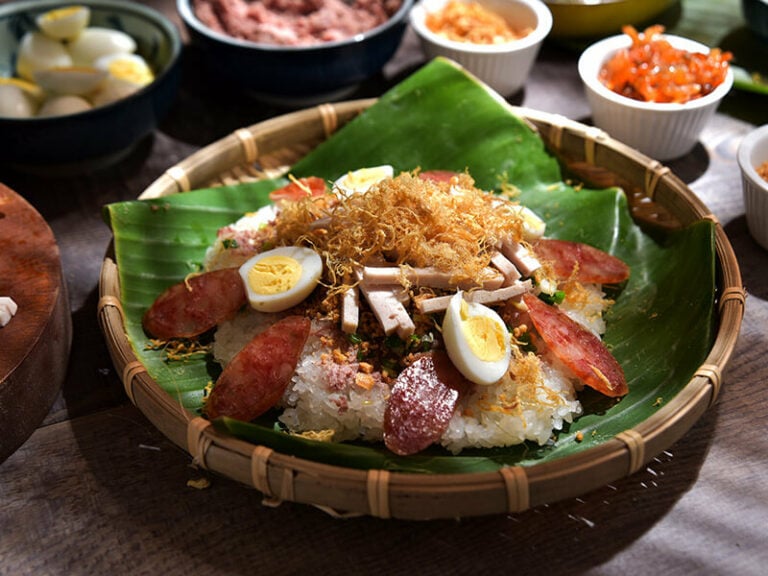
Xôi
Xôi is a sticky rice dish that can be sweet and savory, often colored and flavored with pandan leaves or mung beans. A notable version is xôi gấc, which gains its distinctive color and flavor from the addition of gấc fruit.
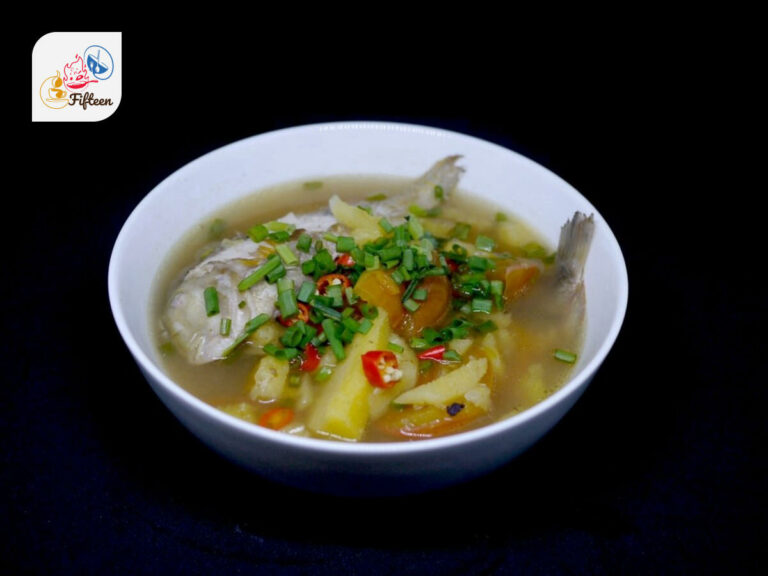
Canh Chua
Canh chua is a tangy soup that often includes pineapple, whose sweetness contributes to the soup’s distinct sour flavor.
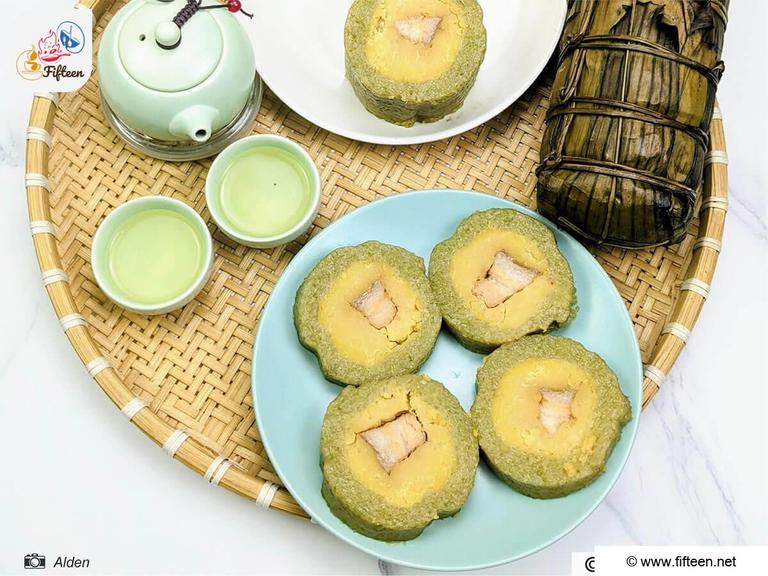
Bánh Tét
Bánh tét is a traditional Vietnamese rice cake, tightly wrapped in a banana leaf and placed into a cylindrical shape, filled with mung bean paste and pork or banana.
If your favorites didn’t make the list, no worries – there’s a vast array of Vietnamese dishes are waiting for you.
And while you’re at it, why not try some Vietnamese fruit drinks?
Which Fruit Beverages Are Common in Vietnam?
Here are the most famous fruit-infused beverages frequently enjoyed in Vietnam:
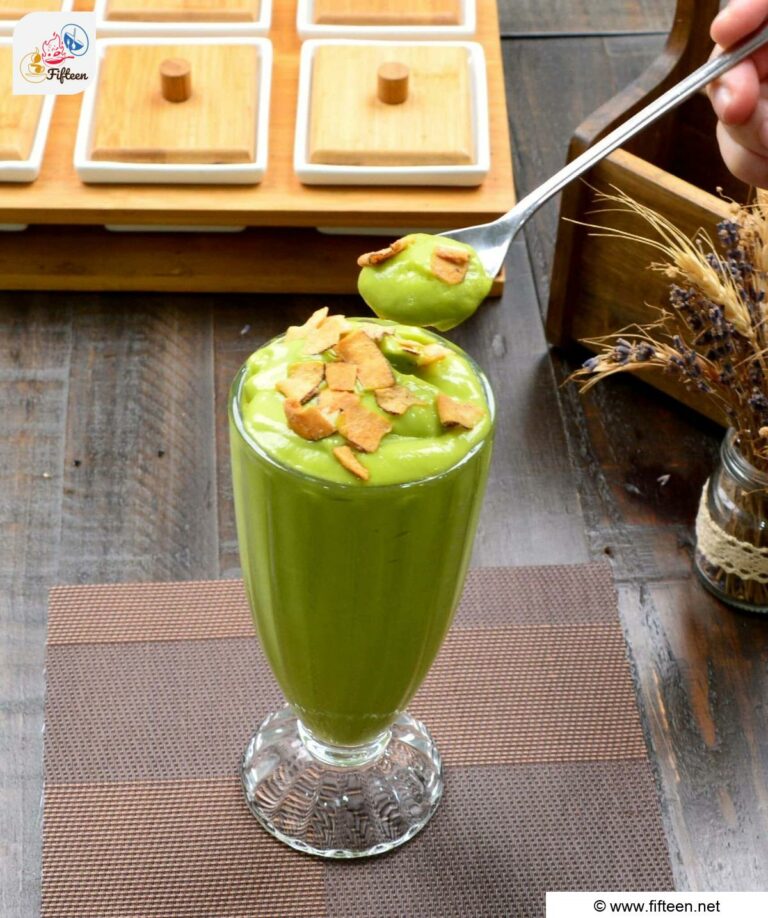
Sinh Tố
Sinh tố is a Vietnamese smoothie that blends fresh fruits with ice, and often sweetened condensed milk or sugar. It highlights a variety of local fruits like mango, banana, papaya, avocado, etc.
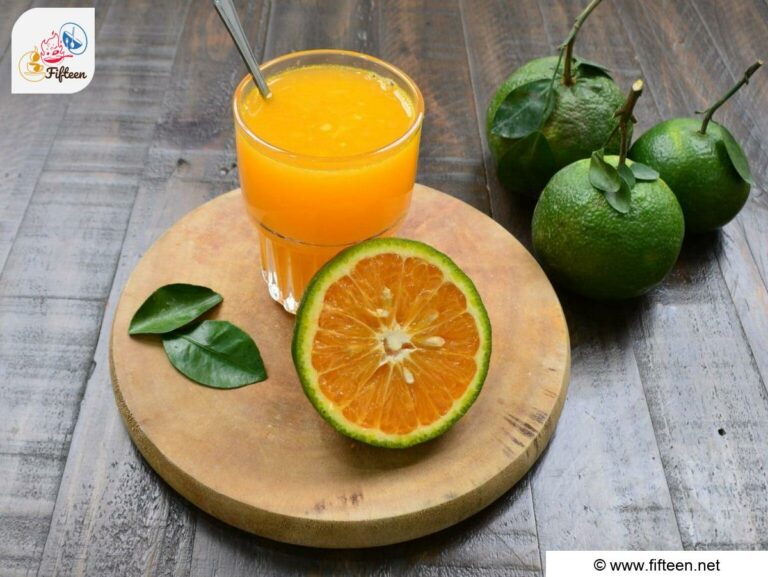
Cam Vắt
Cam vắt is a Vietnamese drink made from freshly squeezed orange juice, known for its refreshing and tangy flavor.
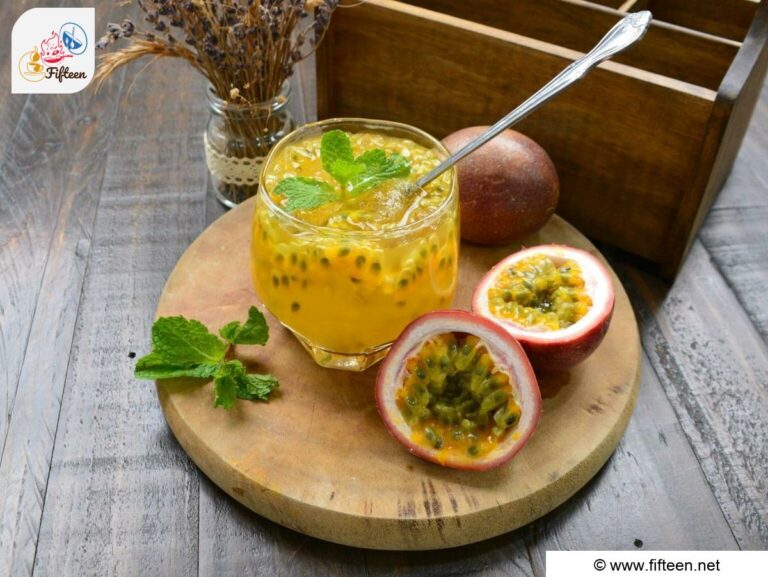
Nước Chanh Dây
Nước chanh dây is a refreshing drink made from passion fruit, water, and sugar, often served cold with ice.
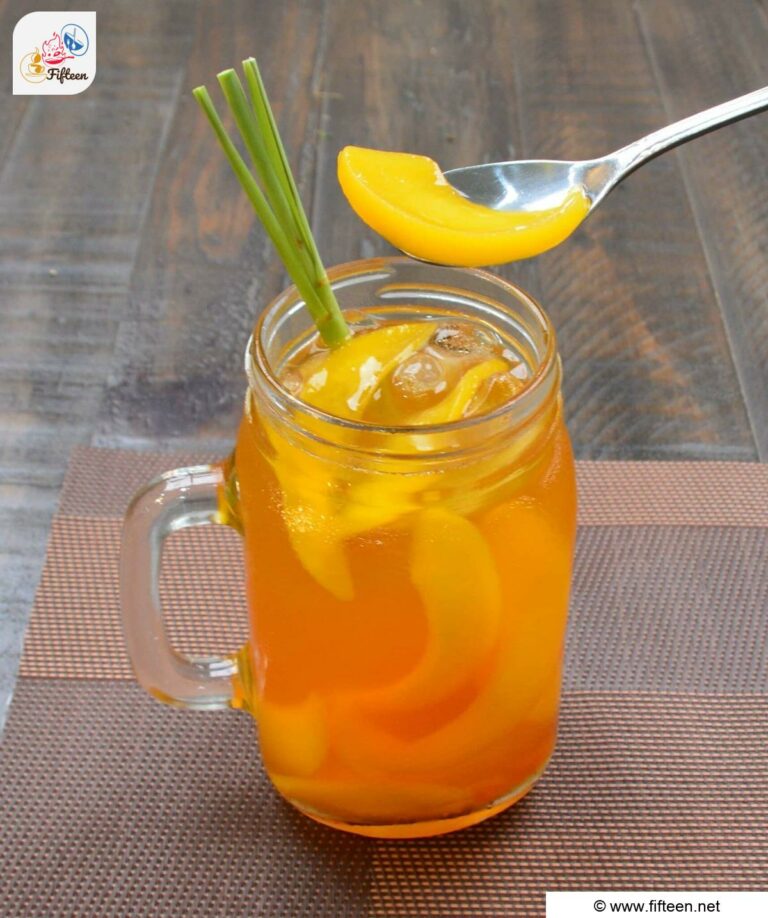
Trà Đào
Trà đào is a peach-flavored tea that combines brewed tea with peaches’ sweet and aromatic essence, often served cold and sold by street vendors or local cafes and tea houses.
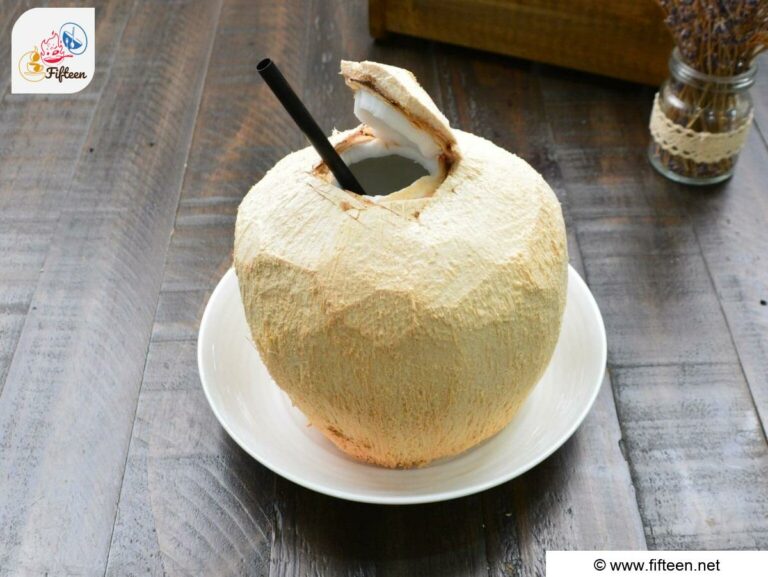
Nước Dừa
Nước dừa is coconut water in Vietnamese cuisine, a hydrating drink often consumed straight from the coconut.
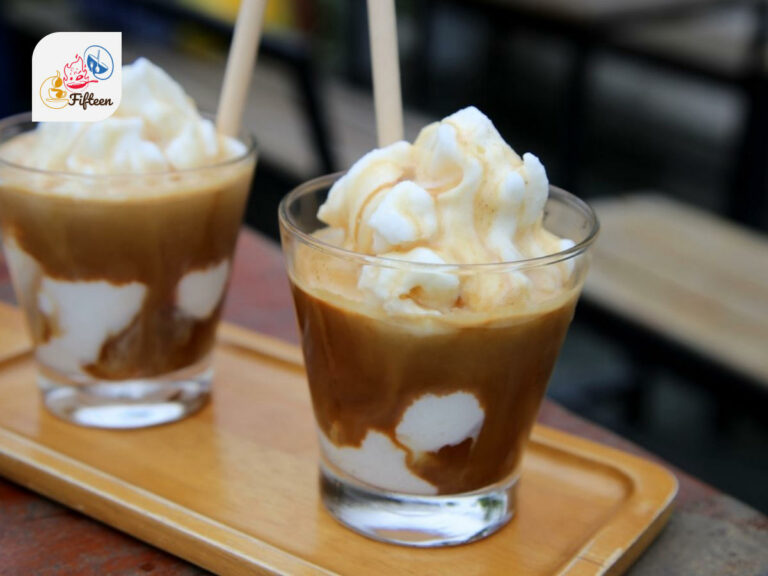
Cà Phê Cốt Dừa
Cà phê cốt dừa is a Vietnamese coconut coffee that blends rich coffee with creamy coconut milk.
This section only covers a handful of options; there’s a whole world of refreshing Vietnamese beverages for you to explore.
Next up, I’ll dive into some well-known Vietnamese vegetables.
Which Vegetables Are Common in Vietnamese Cuisine?
Following is a list of the most beloved vegetables in Vietnam:
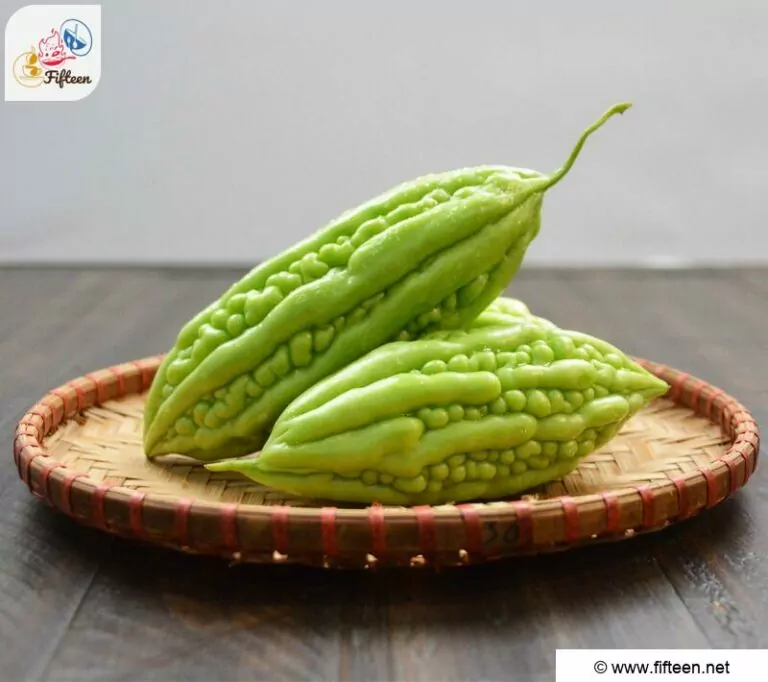
Bitter Melon
Bitter melon (khổ qua) is a tropical vine vegetable featuring distinctive bitter flavor, commonly used in Vietnamese soups and stir-fries to add depth and complexity.
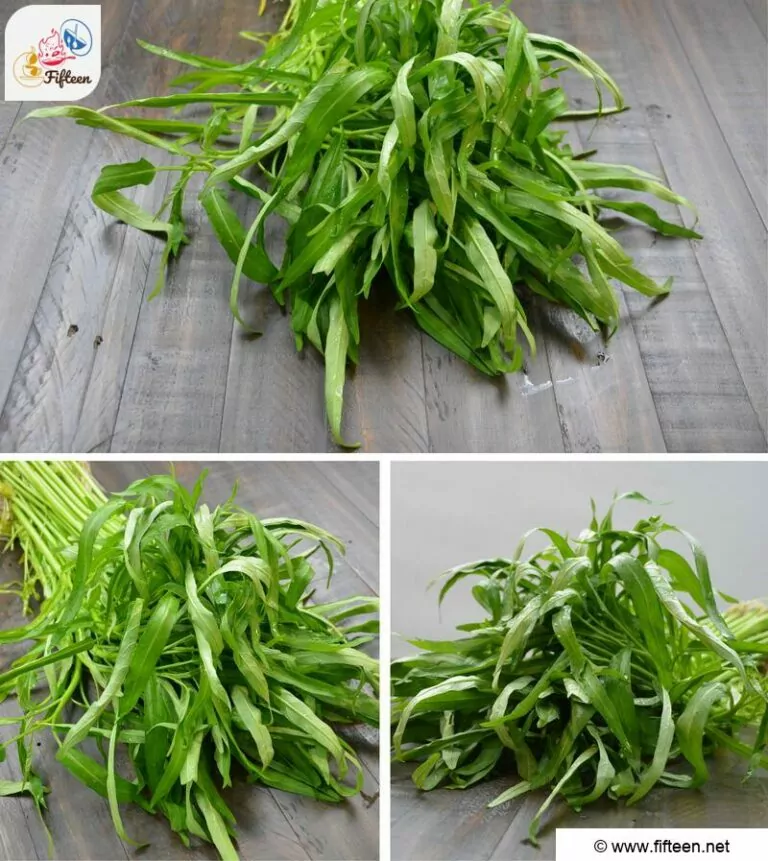
Water Spinach
Water spinach (rau muống) is a leafy green vegetable that thrives in water or moist soils, characterized by its long, hollow stems and tender leaves, often stir-fried or boiled in Vietnamese cuisine.
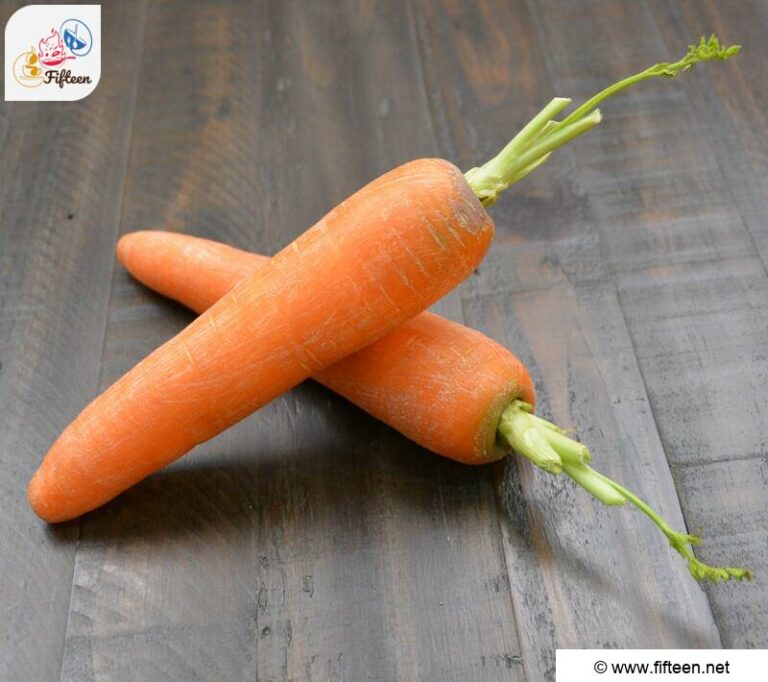
Carrot
Carrot (cà rốt) is a crunchy, sweet root vegetable, commonly added to Vietnamese salads, stir-fries, soups, and broths.
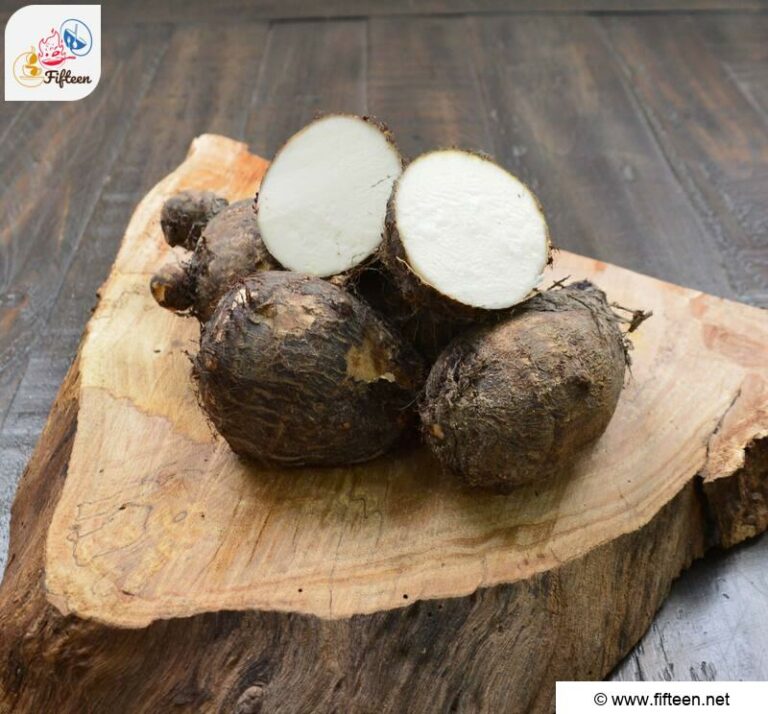
Taro
Taro (khoai môn) is a starchy root vegetable with a nutty flavor. It is used in Vietnamese cuisine in various dishes, including desserts, savory soups, and stir-fried meals.
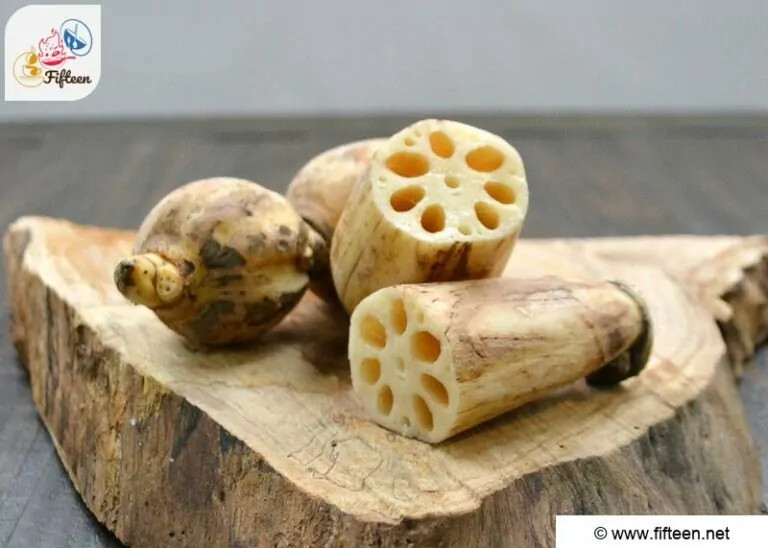
Lotus Root
Lotus root (củ sen) is the long, edible rhizome of the lotus plant, appreciated for its crunchy texture and slightly sweet taste. It is often used in salads, soups, and as a garnished dish in Vietnamese meals.
This selection highlights only a few prominent choices; numerous other celebrated Vietnamese vegetables await your discovery.
Did you fall in love with the world of Vietnamese fruits? Hit that like button, share the fruity goodness with your friends, and don’t be shy—drop us a comment with your favorite fruit or any juicy story! Thank you for reading!


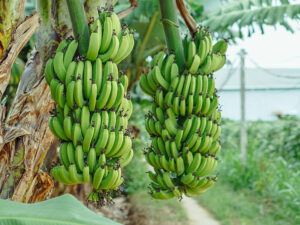
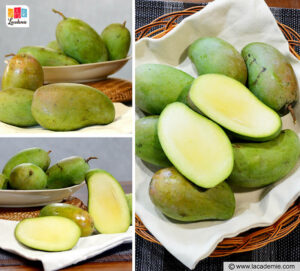
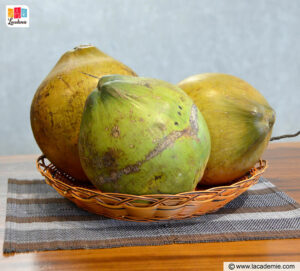
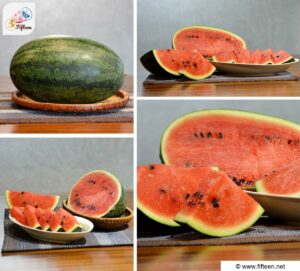
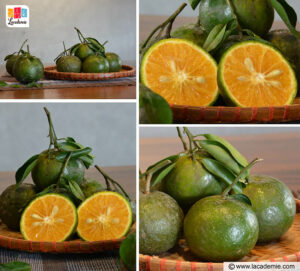
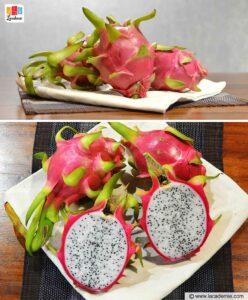
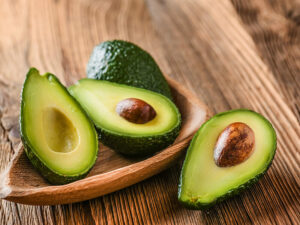
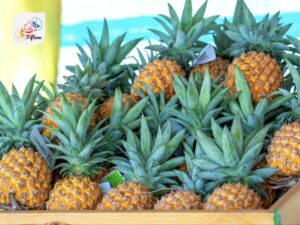
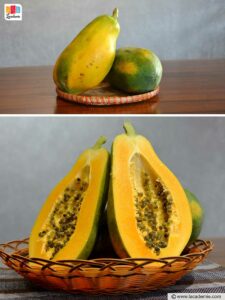
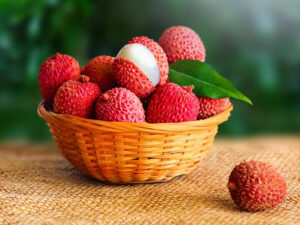
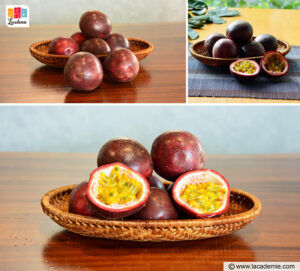
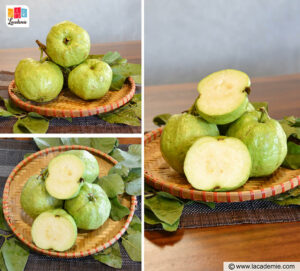
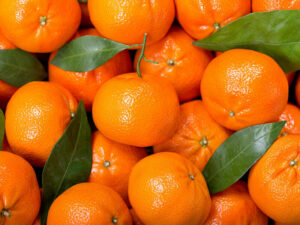
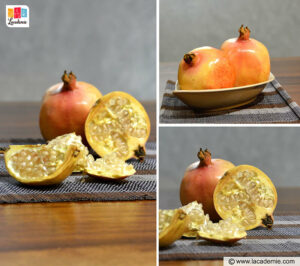
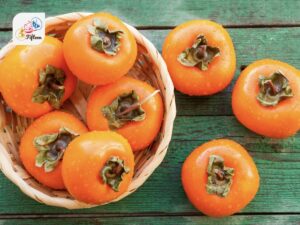
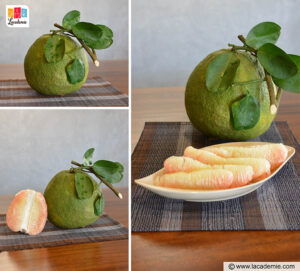
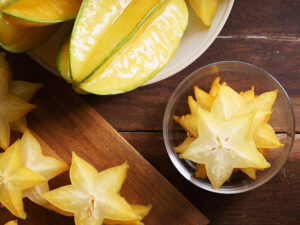
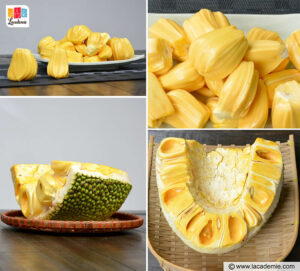
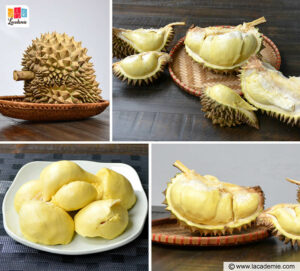
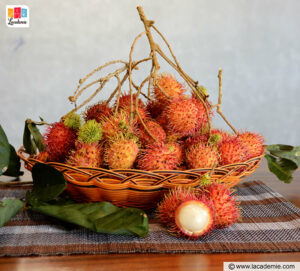
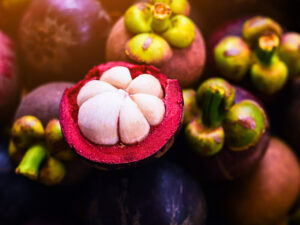
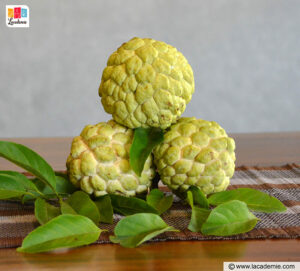
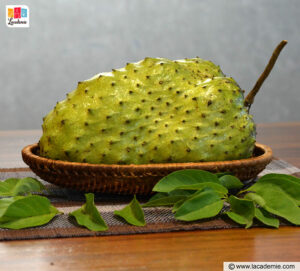
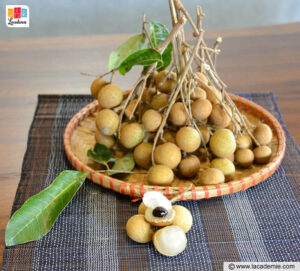
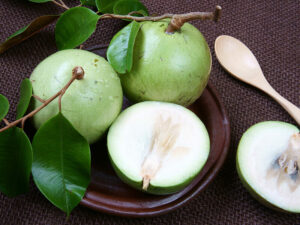
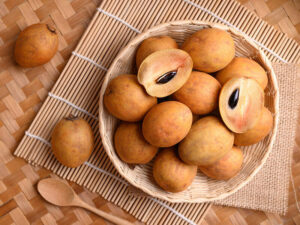
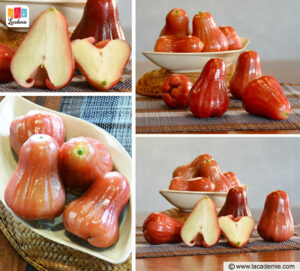
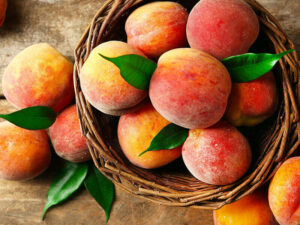
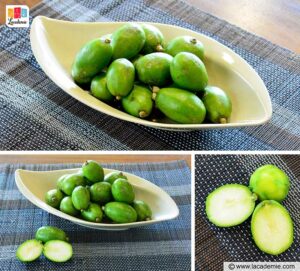
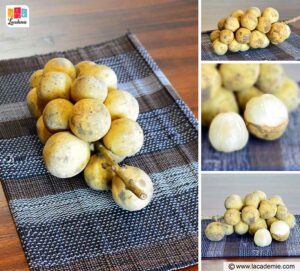
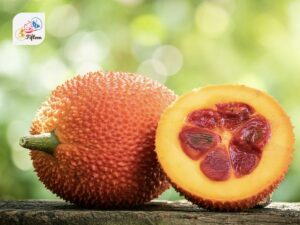
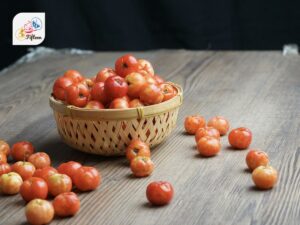
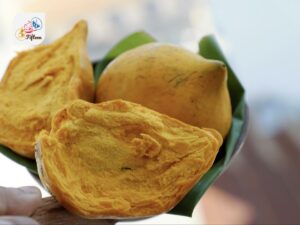
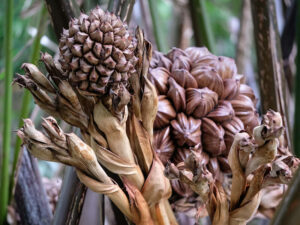
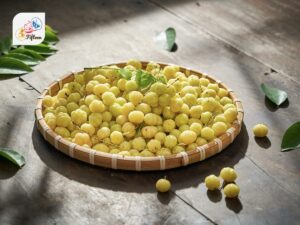
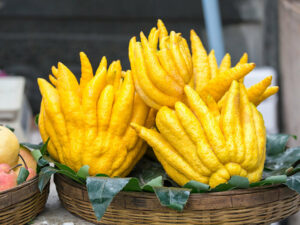
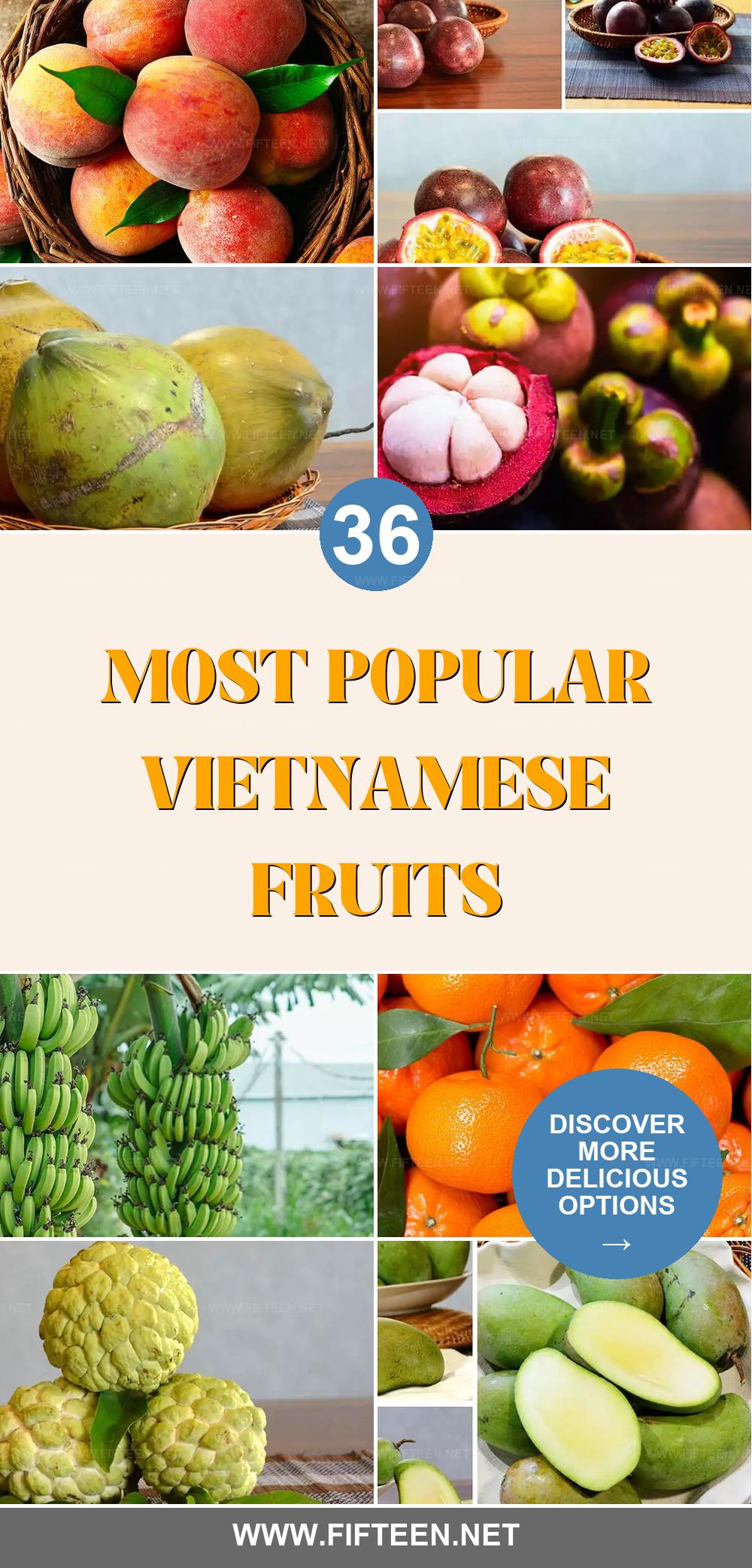
Jamie Scott
Editor in Chief, Senior Content Writer
Expertise
Home Cooking, Meal Planning, Recipe Development, Baking and Pastry, Food Editor, Cooking-video Maker, Western Food Evaluation Expert
Education
Le Cordon Bleu College of Culinary Arts
Local Community College, New York, NY
Jamie Scott is a skilled culinary expert and content creator specializing in Western cuisine. With over 15 years in the culinary field and formal training from Le Cordon Bleu, Paris, Jamie deeply understands how to blend nutrition with delicious flavors. His passion for cooking matches his commitment to making healthy eating accessible and enjoyable.
On Fifteen.net, Jamie brings a fresh perspective to classic dishes and beverages, offering readers insightful recipes, cooking tips, and a fresh view on meal planning that emphasizes taste, health, and simplicity.